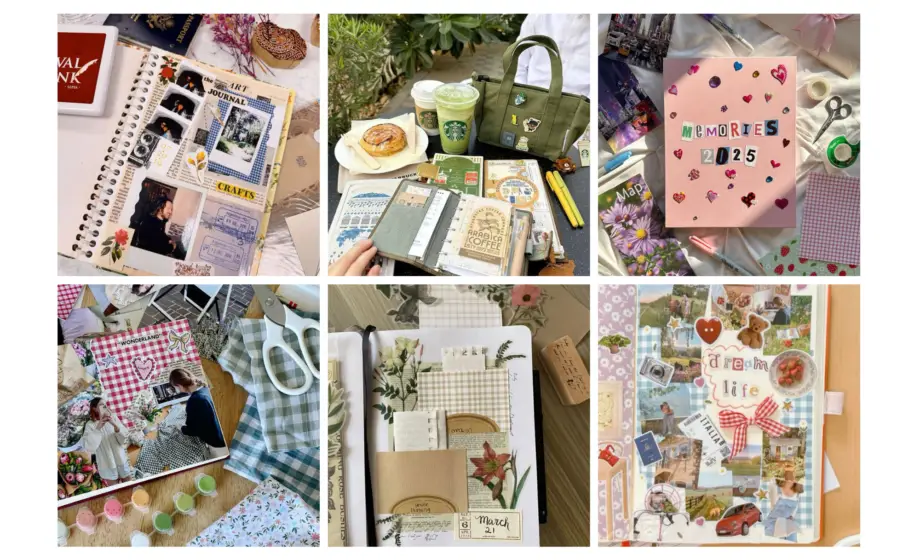Scrapbooking is a wonderful creative outlet that allows you to preserve memories and express your individuality. Starting your scrapbook doesn’t require extensive skills or a deep background; it can be an enjoyable experience that anyone can undertake. With the right tips and tools, you can create stunning pages that tell your unique story.
As you embark on this journey, focus on selecting themes that resonate with you and choosing materials that inspire creativity. From photos and embellishments to journaling techniques, each element contributes to the narrative you want to convey. Engaging in scrapbooking not only connects you with your past but also encourages you to explore your artistic side.
Whether you are creating a scrapbook to document a special event or just want to capture everyday moments, these tips will guide you through the basics and help refine your skills. Soon, you’ll find yourself developing a rich tapestry of memories that reflect your passions and experiences.
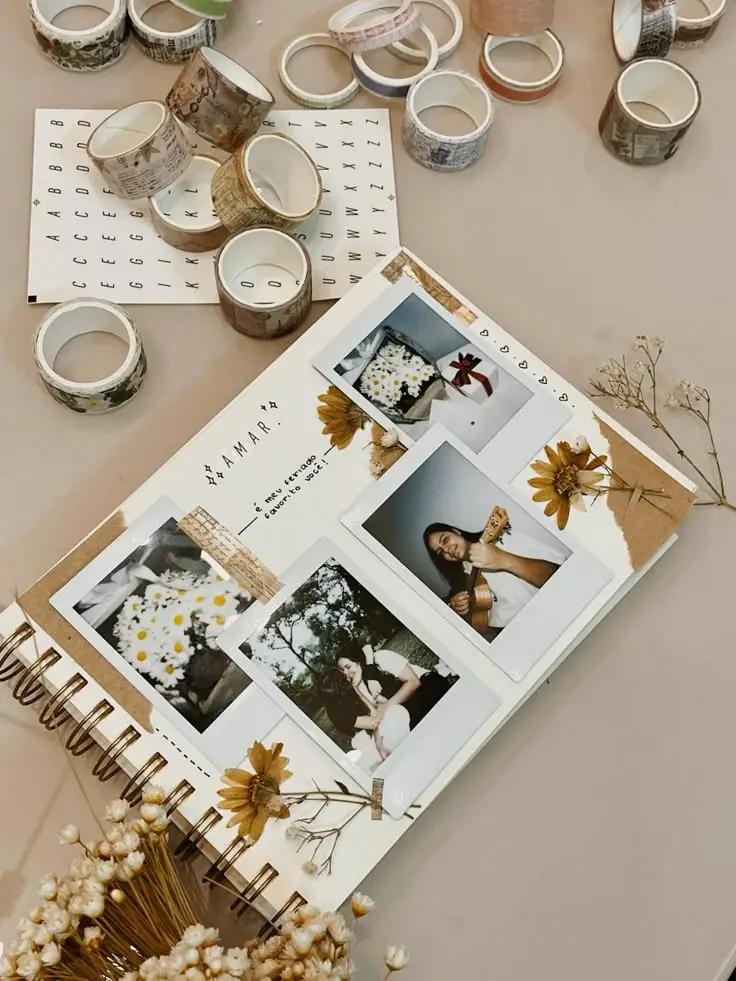
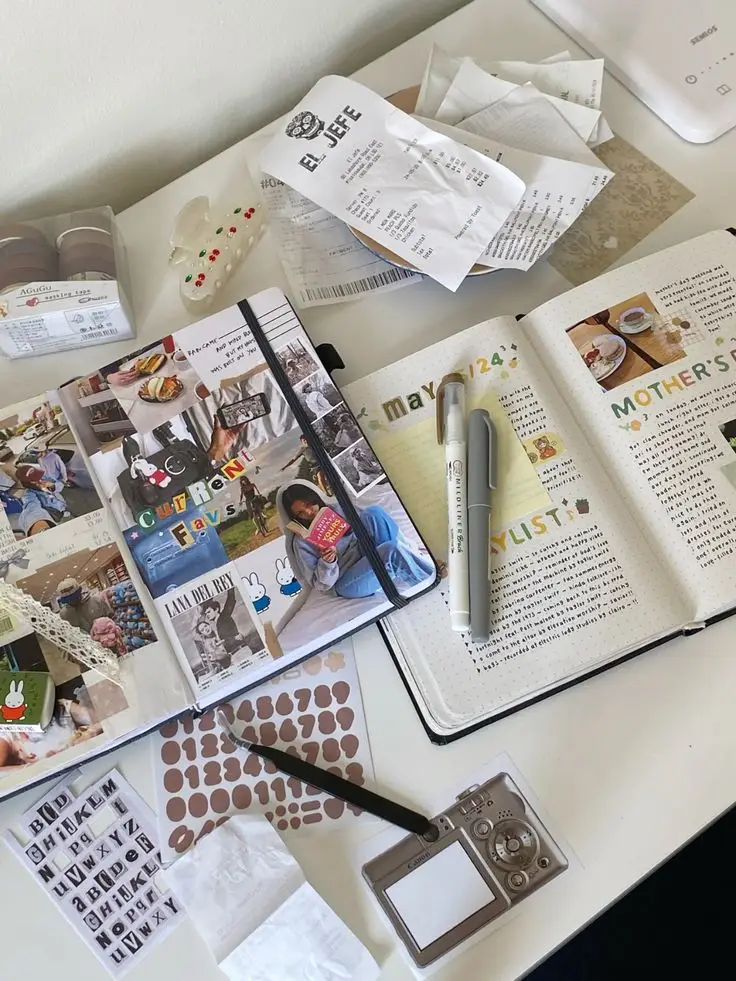
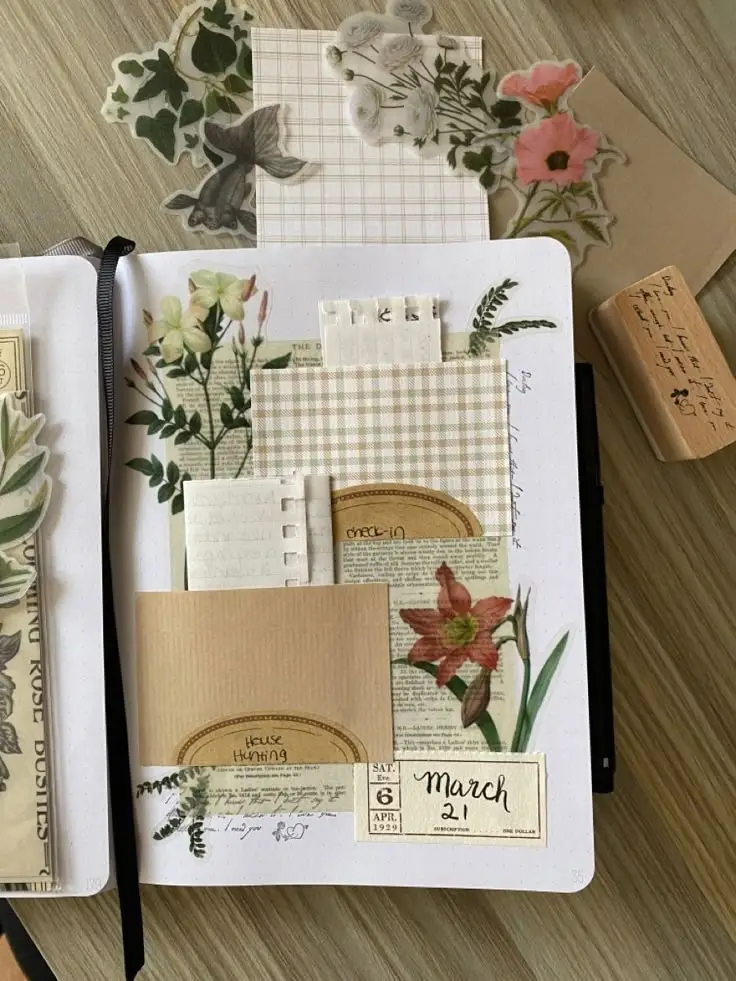
Key Takeaways
- Get started by choosing a theme and gathering materials.
- Enhance your pages with creative designs and journaling.
- Practice techniques to elevate your scrapbooking skills.
Getting Started with Scrapbooking
To begin your scrapbooking journey, it’s essential to grasp the basic concepts and select the appropriate supplies. This foundation will enable you to create engaging and memorable scrapbook layouts.
Understanding the Basics
Scrapbooking involves combining photos, memorabilia, and decorative elements to tell a story. Your first step is to gather your supplies, which can include a mix of photographs, ticket stubs, or letters.
Consider your theme. Whether it’s a vacation, a wedding, or a family reunion, having a clear focus makes the creating process enjoyable.
Familiarize yourself with different scrapbook layouts. Each layout will allow you to position your elements effectively. Don’t hesitate to experiment with designs until you find a style that feels right for you.
Choosing the Right Supplies
Selecting essential supplies is key to starting your scrapbook. You will need a sturdy scrapbook album, ideally one with protective sleeves to preserve your pages.
Other must-haves include:
- Adhesives: Use glue or double-sided tape.
- Paper: Stock up on patterned and solid color papers.
- Scissors: Invest in precision scissors for detailed cutting.
- Tools: Consider getting a paper trimmer and corner rounder.
With these basics, you can mix styles and create unique pages. As you grow more comfortable, explore additional embellishments, such as stickers and washi tape, to enhance your creativity.
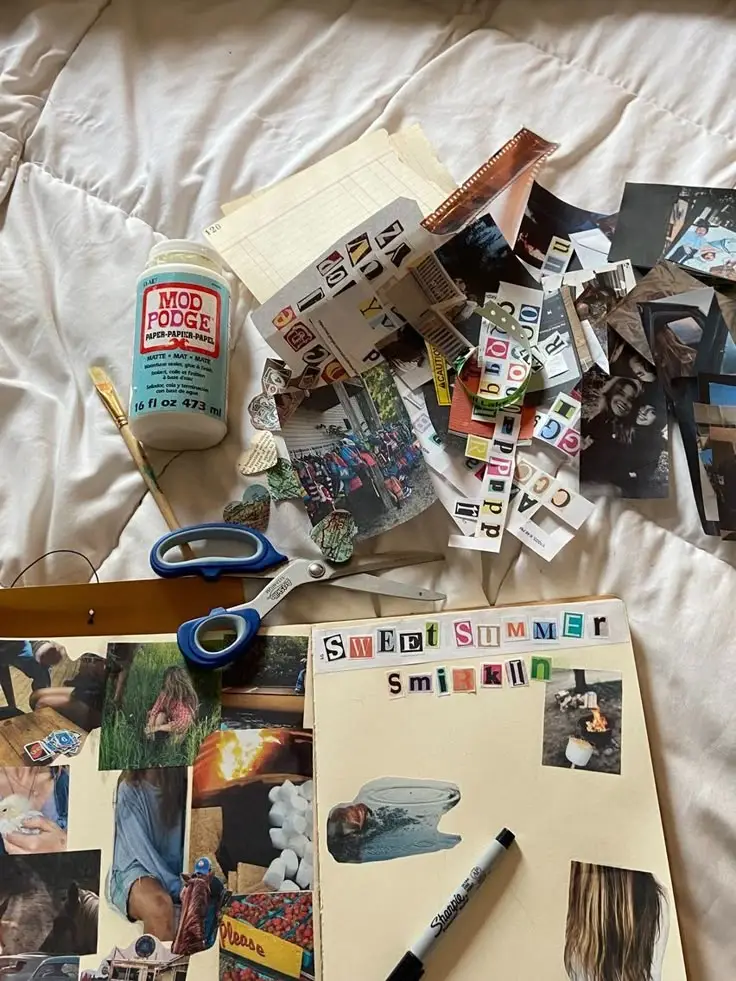
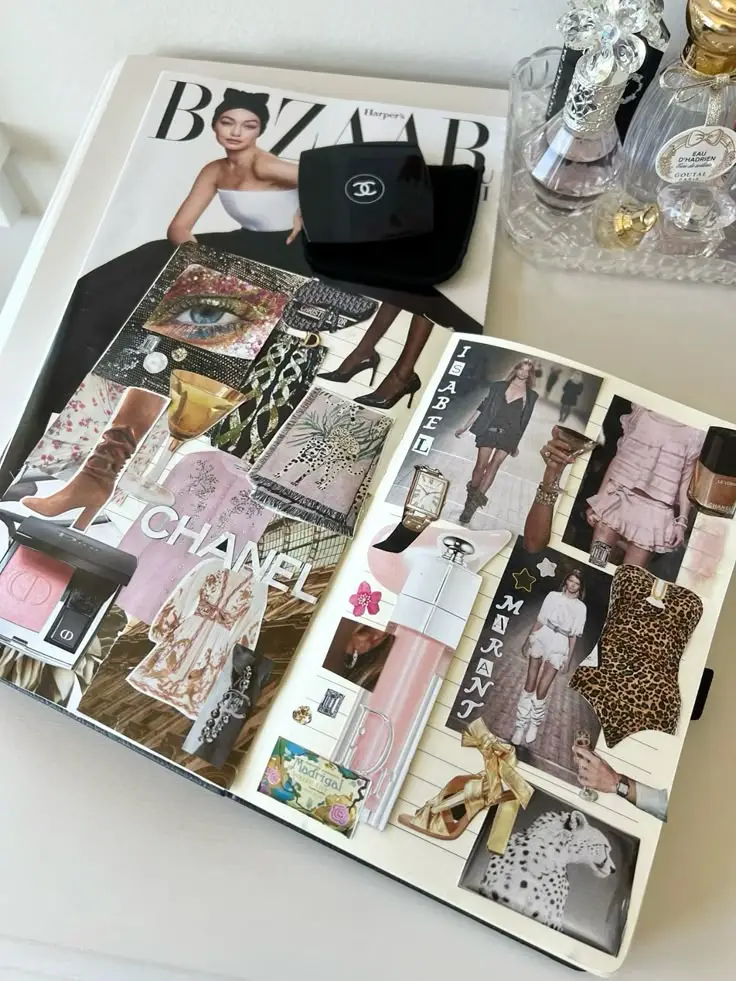
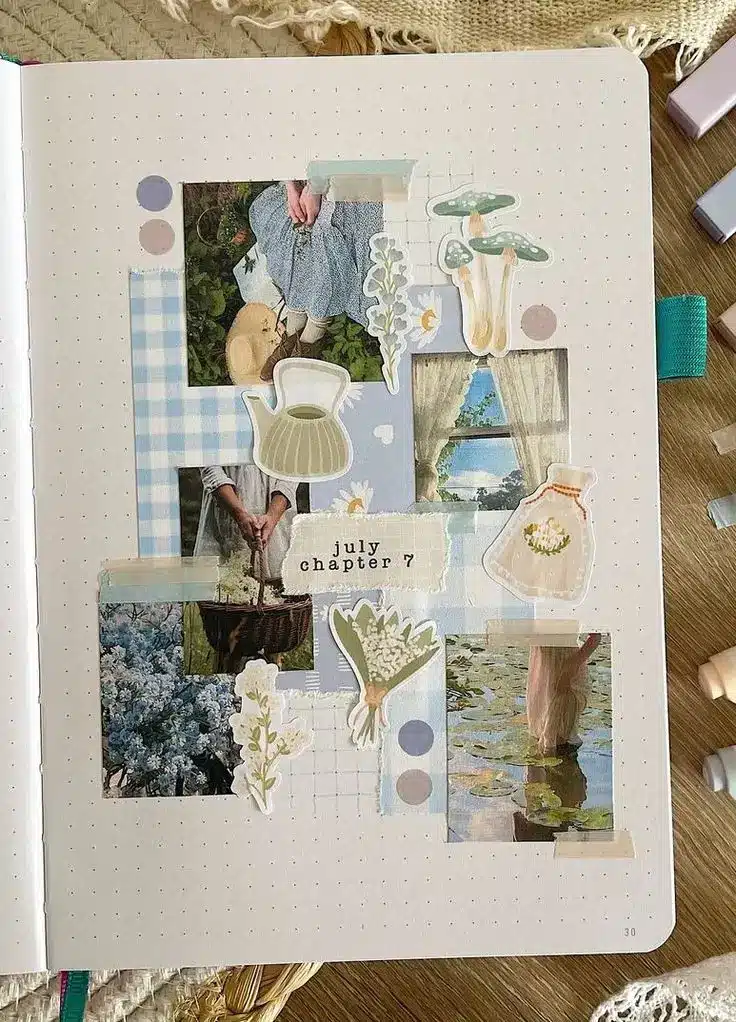
Designing Your Scrapbook Pages
Creating visually appealing scrapbook pages involves several key elements. Focus on establishing a theme, considering layout and composition, and using embellishments effectively to elevate your designs. Each aspect plays a crucial role in showcasing your memories.
Establishing a Theme
Choosing a theme serves as the backbone of your scrapbook. A well-defined theme can guide your selection of colors, patterns, and embellishments.
- Pick a theme that resonates with your memories, such as travel, holidays, or family gatherings.
- Consider a color palette that complements your theme, which helps create a cohesive look.
- Use washi tapes to add borders and accents that align with your chosen theme.
Not only does this streamline your design process, but it also enhances the storytelling aspect of your scrapbook pages.
Layout and Composition
The layout impacts how the viewer engages with your scrapbook page. Start by deciding on a focal point that draws attention.
- Choose one or two standout photos to highlight.
- Arrange smaller images and other elements around the focal point, maintaining balance.
Using different shapes and sizes of photos can create visual interest.
- Align elements in a grid or asymmetrically for a dynamic feel.
- Layering paper behind photos adds depth and texture to your design.
Experiment with placement before adhering anything down, as minor adjustments can significantly improve the overall look.
Using Embellishments Effectively
Embellishments can transform standard pages into eye-catching designs. Incorporate various elements to add personality and flair.
- Choose items like stickers, die-cuts, and layered paper that match your theme.
- Avoid overcrowding; select a few key pieces that enhance rather than overwhelm.
Layering embellishments, such as combining different textures, creates a richer visual experience.
- Use journaling spots to add notes or captions, which provide context to the visuals.
- Keep embellishments proportional to your photos to maintain focus on the primary images.
Balancing embellishments is essential for a polished final product.
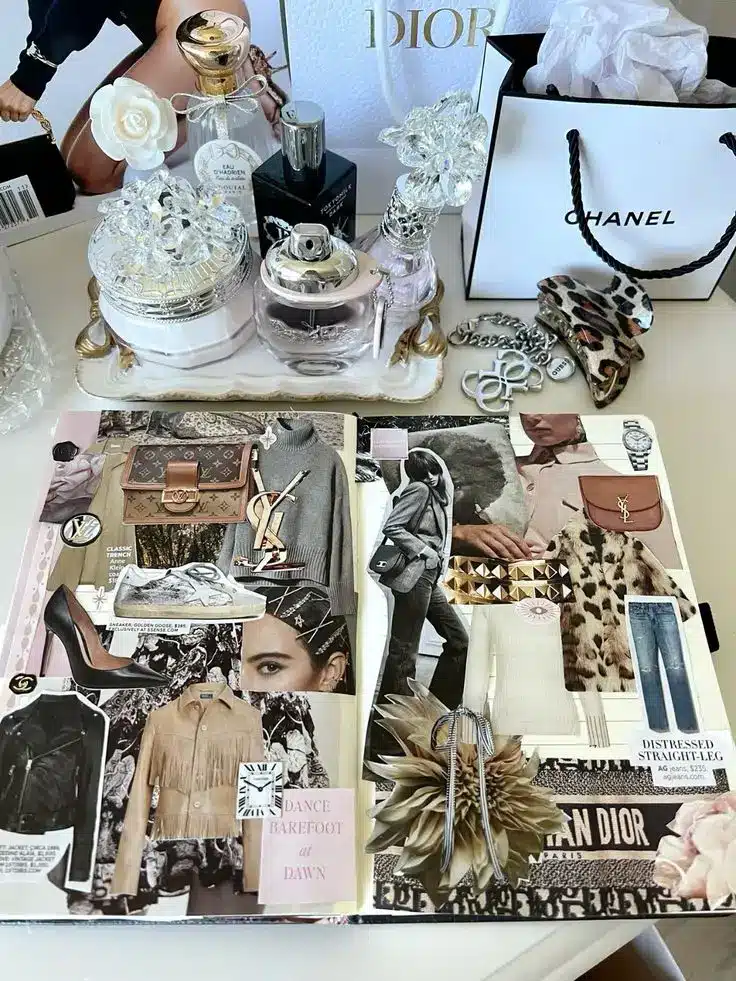
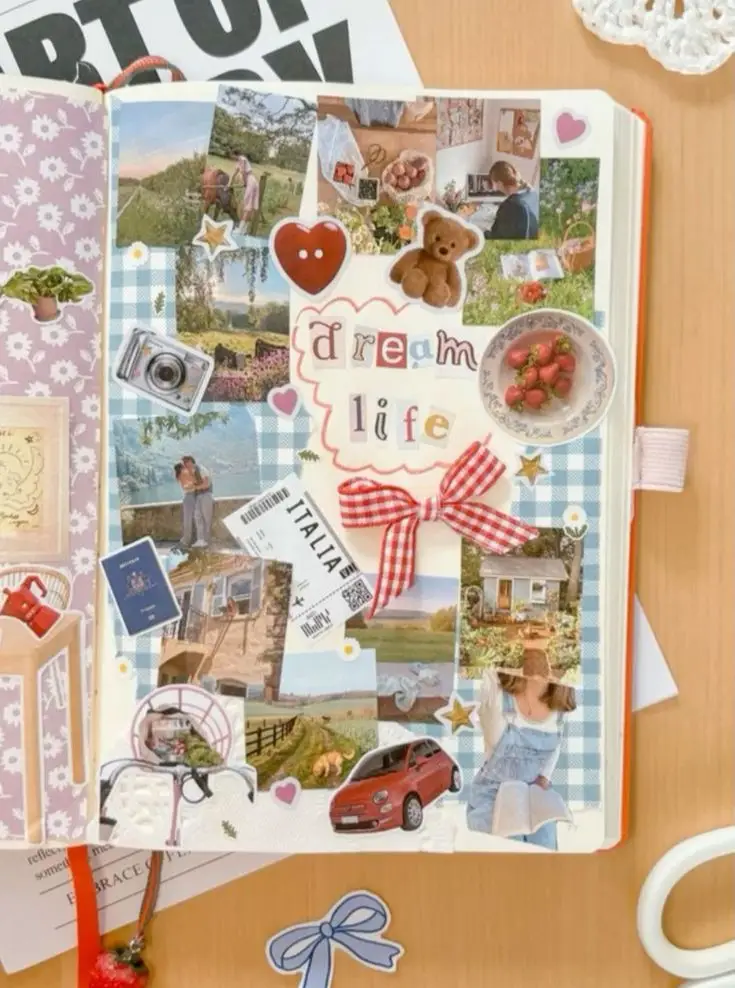
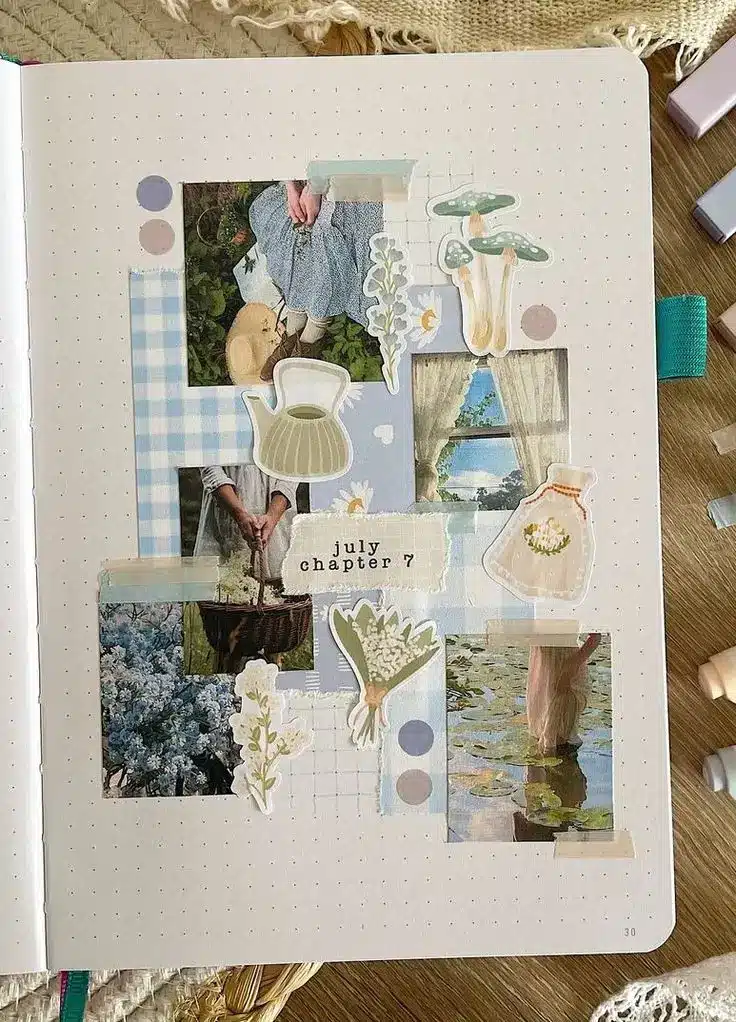
Journaling and Storytelling
Journaling enhances your scrapbooking by adding personal narratives. It transforms simple pages into meaningful stories.
Start by writing down your thoughts or feelings related to the photographs. Consider the following prompts:
- What was happening when you took this photo?
- Who were you with?
- What emotions does the moment evoke?
Include these reflections directly on the page. Use different formats for variety:
- Bulleted lists for key events.
- Quotes from friends or family that relate to the memory.
- Short paragraphs to describe the day in detail.
Incorporating journaling can also inspire unique scrapbook ideas. For instance, create a themed page around a family vacation. Add journal entries about daily adventures alongside photographs.
Experiment with handwritten notes versus printed text. Handwriting can add a personal touch, while typed text can be easier to read.
Use labels or sticky notes for important dates or names next to images. This method keeps your storytelling clear and organized.
Remember to be authentic in your journaling. Your voice is what makes your scrapbook distinctive. As you document your memories, you create a lasting legacy of your experiences. This approach enriches both your storytelling and the visual appeal of your scrapbook.
Advanced Tips and Techniques
Enhancing your scrapbooking skills involves mastering techniques and drawing inspiration from existing designs. Focus on perfecting your crafting methods and utilizing resources like scrapbook sketches and scraplifting to elevate your projects.
Perfecting Your Technique
To create visually appealing layouts, prioritize the arrangement of your elements. Think about the balance between photos, embellishments, and text. Use the rule of thirds to ensure your layout is dynamic and engaging.
Experiment with various basic techniques, such as layering papers or mixing textures. Incorporate materials like washi tape, stickers, and textured paper. These add depth and interest.
Taking your time is essential. Rushing can lead to mistakes that detract from your overall design. Always step back and evaluate your work from a distance; this helps you see areas for improvement.
Scraplifting and Sketches
Scraplifting involves taking inspiration from other scrapbooks. This can mean replicating a layout or borrowing specific techniques. It’s an excellent way to learn and grow as a scrapbooker.
Utilizing scrapbook sketches can provide a strong foundation. These visual guides outline placements for photos and embellishments, streamlining the creation process. Consider common photo sizes when selecting your layout.
Keep a folder of sketches and examples that resonate with your style. You can reference them for future projects. Exploring diverse styles can expand your skills while staying on budget.
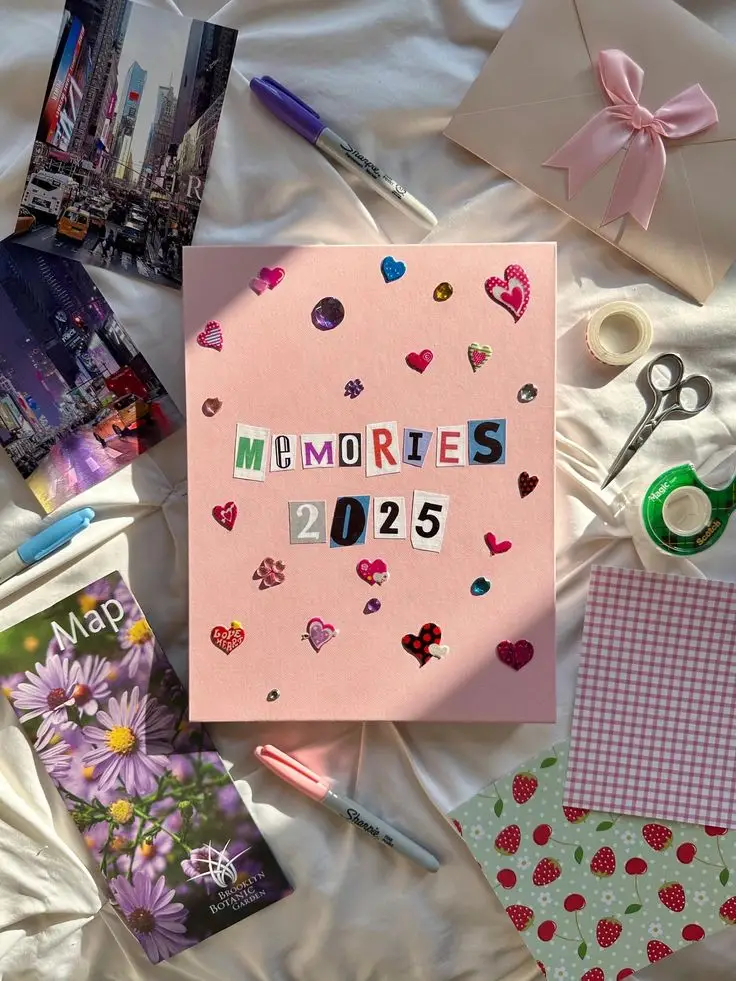
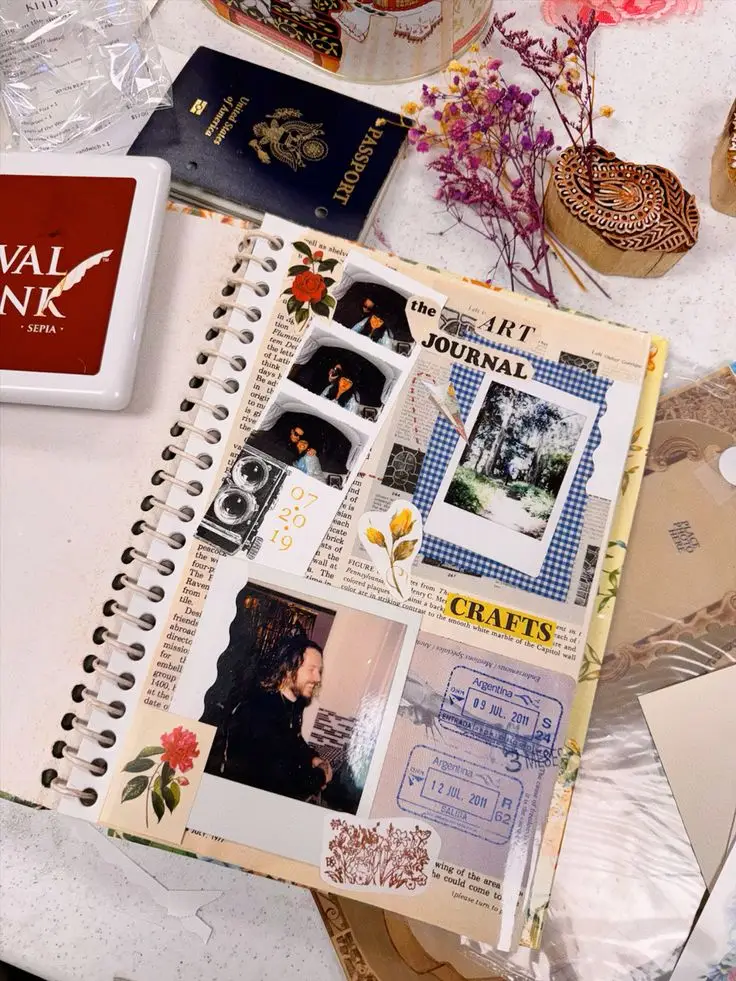
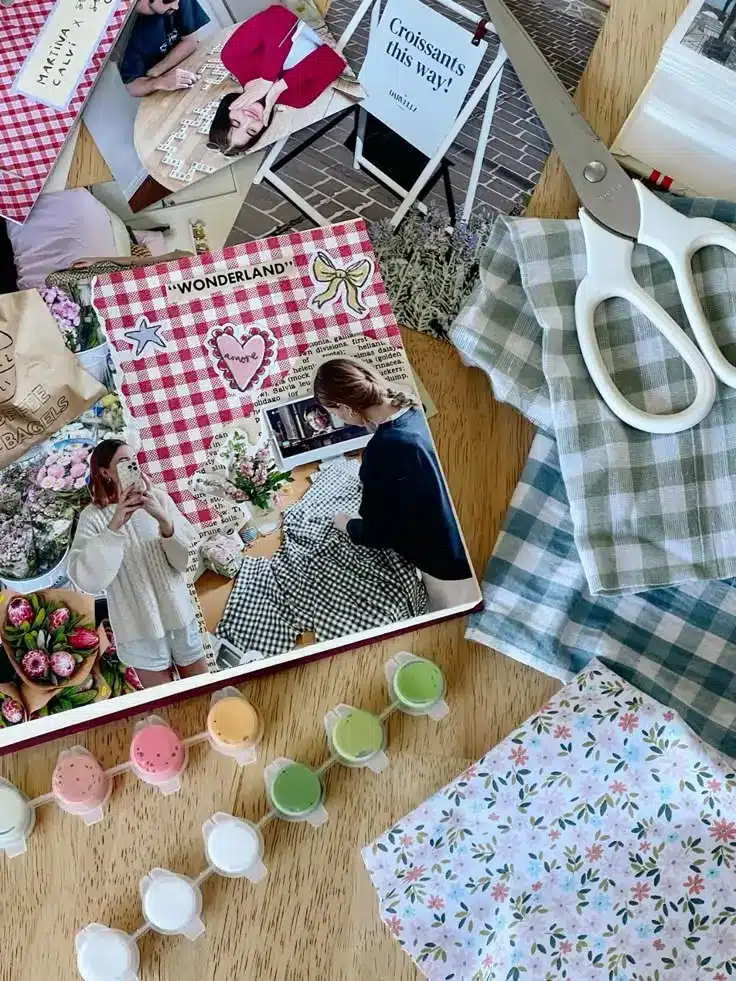
Frequently Asked Questions
You may have several questions as you start your scrapbooking journey. Here are clear answers to common queries that beginners often have.
How do you start scrapbooking for beginners?
Begin by choosing a theme or purpose for your scrapbook. Gather your photographs, memorabilia, and craft supplies. You can then select a layout and start arranging your items on paper.
What are the essentials to include in a Beginners Kit for scrapbooking?
A beginners kit should include a scrapbook album, patterned paper, scissors, adhesive, and pens. You may also want to add embellishments such as stickers and washi tape. Don’t forget photo-safe materials to protect your pictures.
What is the rule of three in scrapbooking and how does it apply to layout designs?
The rule of three involves grouping elements in threes to create visual interest. This principle helps maintain balance and focus in your layout designs. For example, use three photos or three embellishments for a cohesive look.
What are common mistakes to avoid when starting scrapbooking?
Avoid overcrowding your pages with too many elements. It’s also important not to use non-photo-safe materials that can damage your photographs. Lastly, be cautious with your adhesive; overusing it can lead to a messy appearance.
What are the 3 main elements of a scrapbook?
The three main elements are photographs, journaling, and embellishments. Photographs capture memories, while journaling provides context and stories. Embellishments enhance the visual appeal of your pages.
How do the basics of scrapbooking differ from advanced techniques?
Basic scrapbooking focuses on simple layouts and essential supplies. Advanced techniques may include mixed media, intricate designs, and specialized tools. As you gain experience, you can explore these techniques to develop your unique style.


